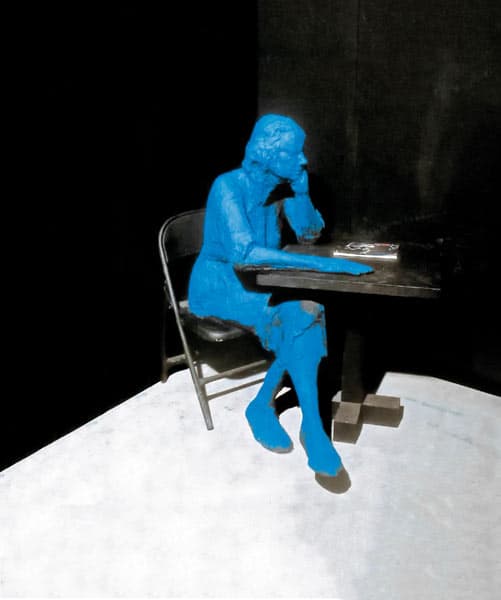
George SEGAL
(born 1924 New York, USA; died 2000 New Brunswick, New Jersey, USA)
Segal initially devoted himself to drawing, after which, in the 1950’s, he began to explore the possibilities of sculpture. His early work used wood and wire as scaffolding for his figures. In 1961, he went on to make direct body impressions using plaster soaked strips of fabric. The direct relationship his monochromatic sculptures have with real objects, ranging from simple chairs to fully furnished rooms, means that his works function in the context of a created environment. His renunciation of a realistic over-painting of his works in favour of using purely monochromatic figures emphasizes the choreographed nature of his works, and allows the viewer to project himself into the scene.
Search for works by this artist in the national collection.




